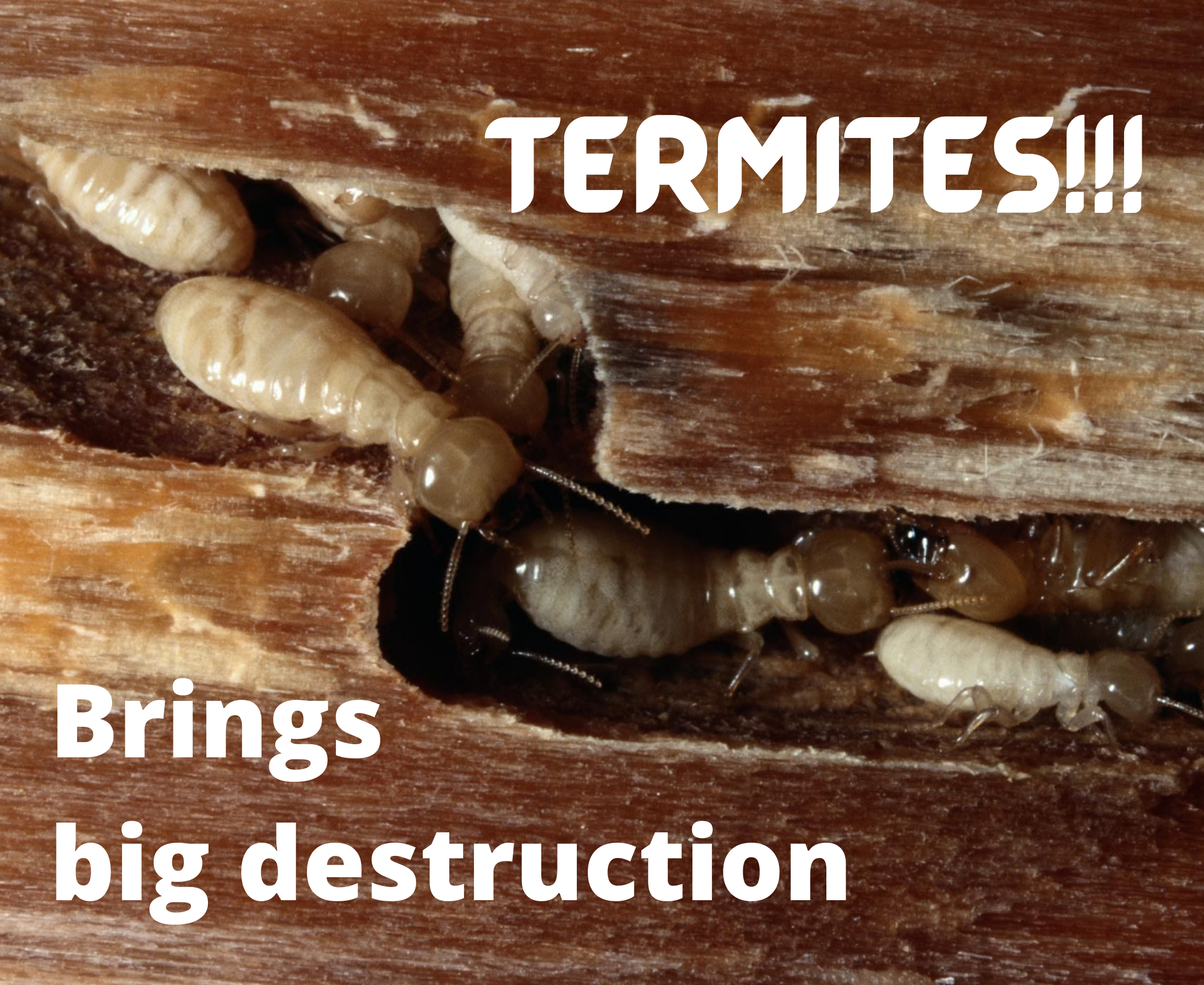See This Report on Eco Bed Bug Exterminators Dc
See This Report on Eco Bed Bug Exterminators Dc
Blog Article
The Ultimate Guide To Eco Bed Bug Exterminators Dc
Table of ContentsHow Eco Bed Bug Exterminators Dc can Save You Time, Stress, and Money.Eco Bed Bug Exterminators Dc Can Be Fun For AnyoneThe Eco Bed Bug Exterminators Dc DiariesThe Single Strategy To Use For Eco Bed Bug Exterminators DcGet This Report about Eco Bed Bug Exterminators Dc
Because chemicals are harmful, they are likewise potentially dangerous to human beings, pets, various other organisms, and the atmosphere. Individuals who make use of pesticides or regularly come in contact with them should comprehend the family member toxicity, possible wellness impacts, and preventative procedures to lower exposure to the products they use. Hazard, or danger, of making use of chemicals is the possibility for injury, or the level of danger associated with using a chemical under an offered collection of problems.
Nevertheless, applicators can decrease or virtually remove direct exposure-- and therefore minimize threat-- by following the tag directions, using personal safety garments and tools (PPE), and managing the chemical correctly. As an example, greater than 95 percent of all chemical exposures come from dermal direct exposure, largely to the hands and lower arms. By wearing a set of unlined, chemical-resistant gloves, this sort of direct exposure can be almost gotten rid of.
The dangerous results that occur from a solitary exposure by any type of course of access are termed "severe impacts." The 4 paths of exposure are facial (skin), inhalation (lungs), dental (mouth), and the eyes. Acute toxicity is figured out by examining the facial poisoning, inhalation poisoning, and dental poisoning of examination animals.
Some Of Eco Bed Bug Exterminators Dc
Intense poisoning is measured as the amount or concentration of a toxicant-- the a.i.-- needed to eliminate half of the pets in an examination populace. This procedure is usually expressed as the LD50 (dangerous dosage 50) or the LC50 (lethal concentration 50). In addition, the LD50 and LC50 worths are based upon a single dosage and are tape-recorded in milligrams of pesticide per kilo of body weight (mg/kg) of the test animal or partly per million (ppm).
The reduced the LD50 or LC50 worth of a pesticide product, the better its poisoning to humans and animals. Pesticides with a high LD50 are the least hazardous to humans if used according to the instructions on the product label. The chronic poisoning of a chemical is established by subjecting guinea pig to lasting exposure to the energetic component.
The persistent toxicity of a pesticide is harder than acute toxicity to establish through laboratory analysis. Products are classified on the basis of their loved one intense toxicity (their LD50 or LC50 worths). Chemicals that are classified as extremely harmful (Poisoning Classification I) on the basis of either dental, facial, or breathing poisoning need to have the signal words DANGER and POISON published in red with a head and crossbones symbol prominently showed on the front panel of the plan tag.
The severe (single dose) dental LD50 for chemical products in this team ranges from a trace total up to 50 mg/kg. Exposure of a few drops of a product taken orally could be fatal to a 150-pound individual. https://www.pinterest.com/pin/1125266656885364635/. Some pesticide items have simply the signal word risk, which tells you nothing about the acute poisoning, just that the item can create serious eye damages or extreme skin irritability
More About Eco Bed Bug Exterminators Dc
In this category, the intense oral LD50 varieties from 50 to 500 mg/kg. A tsp to an ounce of this product might be fatal to a 150-pound person (bed bug heat treatment). Chemical items classified as either slightly hazardous or reasonably harmless (Poisoning Classifications III and IV) are called for to have the signal word CAUTION on the chemical label

All chemical toxicity values, including the LD50, can be found on the item's Material Security Data Sheet (MSDS) - how to get rid of bed bugs. Chemical tags and MSDS can be acquired from retailers or manufactures. In enhancement, most items also know that can be located on the web. The symptoms of chemical poisoning can vary from a light skin irritability to coma or even death.
People also vary in their sensitivity to different degrees of these chemicals. Some people may reveal no response to an exposure that might trigger serious disease in others (exterminator near me). Because of potential health issues, pesticide users and trainers have to identify the usual indicators and signs of chemical poisoning. The impacts, or symptoms, of chemical poisoning can be generally specified as either topical or systemic.
Not known Facts About Eco Bed Bug Exterminators Dc
Dermatitis, or swelling of the skin, is accepted as one of the most frequently reported topical effect connected with pesticide direct exposure. Signs of dermatitis variety from reddening of the skin to rashes and/or blisters. Some individuals tend to cough, wheeze, or sneeze when revealed to chemical sprays. Some people respond to the strong smell and annoying effects of oil distillates used as carriers in chemical products.
This signs and symptom normally subsides within a few minutes after a person is removed from the direct exposure to the toxic irritant. However, a reaction to a pesticide item that creates a person not just to sneeze and cough however likewise to develop serious acute respiratory system symptoms is more likely to be a real hypersensitivity or allergy.
Systemic results are rather different from topical effects. They commonly happen away from the original point of contact as a result of the chemical being taken in right into and dispersed throughout the body. Systemic impacts often consist of nausea, vomiting, tiredness, migraine, and digestive conditions. In innovative poisoning situations, the person might experience modifications in heart rate, problem breathing, convulsions, and coma, which could lead to death.
Report this page